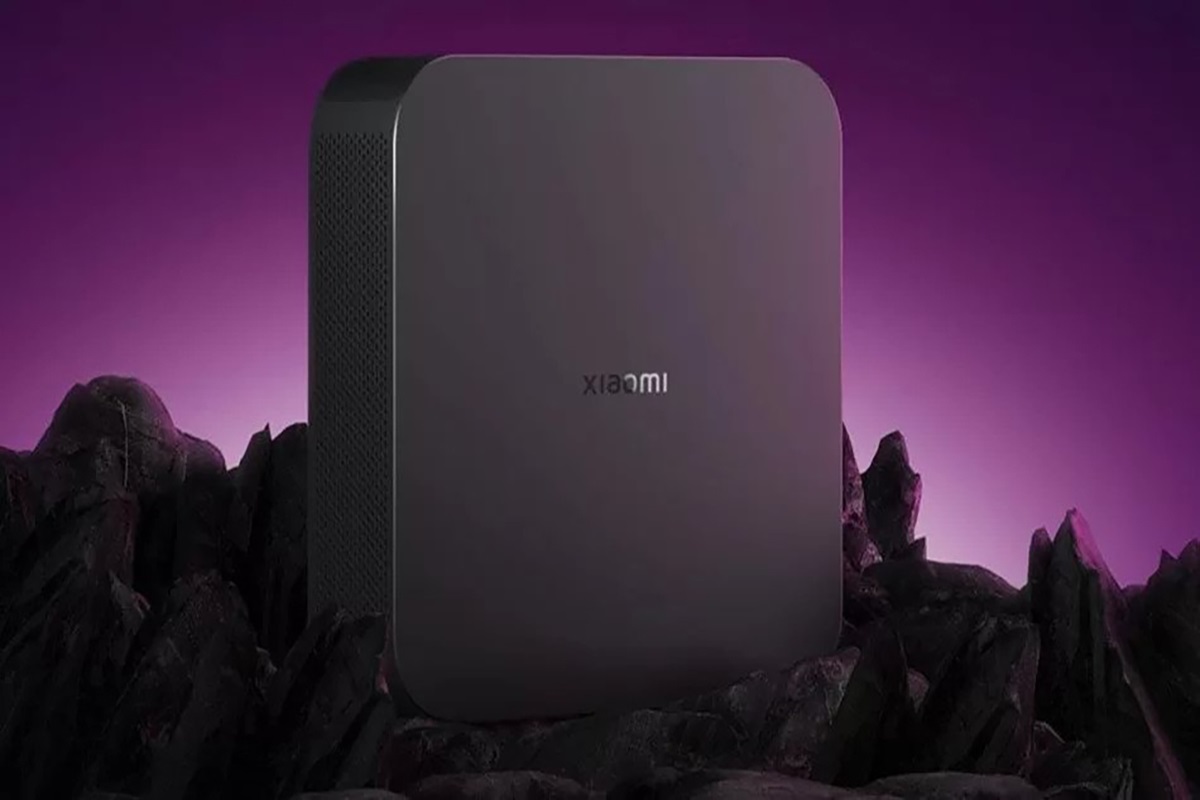Xiaomi has an exciting launch event scheduled for October 26, where they will introduce their next-generation flagship smartphones, the Xiaomi 14 series, and the HyperOS. But that’s not all; Xiaomi has more in store for its fans, including a new smartwatch. Let’s dive into what we know about this wearable.

The forthcoming smartwatch from Xiaomi is officially named the Xiaomi Watch S3. This device follows its predecessor, the Xiaomi Watch S2, which was unveiled alongside the Xiaomi 13 series last year. The Xiaomi Watch S3 boasts a fresh design and updated software, making it an exciting addition to the Xiaomi smartwatch lineup.
One of the standout features of the Xiaomi Watch S3 is its customization options. Xiaomi understands that personal style matters, and this smartwatch allows users to express themselves. It will be available in two classic colors, black and silver. Moreover, Xiaomi is taking personalization to the next level by offering a range of colorful replaceable bezels. This means users can adapt the watch’s look to match their outfit, mood, or style preference with ease.
When it comes to the display, the Xiaomi Watch S3 won’t disappoint. It features a 1.43-inch circular AMOLED display with impressively thin bezels. The 8-bit screen offers a smooth 60Hz refresh rate, ensuring a responsive and visually pleasing experience. With a pixel density of 326 PPI and a peak brightness level of 600 nits, this smartwatch’s screen provides sharp, vibrant visuals even in various lighting conditions.
The most significant software-related aspect of the Xiaomi Watch S3 is its operating system, HyperOS. This fresh software from Xiaomi is poised to bring a range of new features and capabilities to the smartwatch. However, as of now, detailed information about HyperOS and how it will enhance the user experience on Xiaomi smartwatches remains under wraps. Xiaomi has given a sneak peek of the hardware, and they might reveal more about this exciting product in the coming days.
Xiaomi’s choice to introduce HyperOS is in line with the industry trend, where smartphone manufacturers are developing their operating systems for smartwatches. This move is somewhat reminiscent of Huawei’s HarmonyOS for their smart devices. Xiaomi’s HyperOS is expected to run smoothly on its smartwatches and provide users with an intuitive and feature-rich interface.
Though it’s not confirmed yet, it’s likely that Xiaomi’s HyperOS will have a real-time operating system (RTOS) at its core. An RTOS is a type of operating system designed for systems where real-time performance is critical. It ensures that the smartwatch responds to user inputs quickly and efficiently, making for a seamless and responsive experience. Xiaomi’s decision to develop its own operating system underlines their commitment to delivering a unique and tailored user experience.









